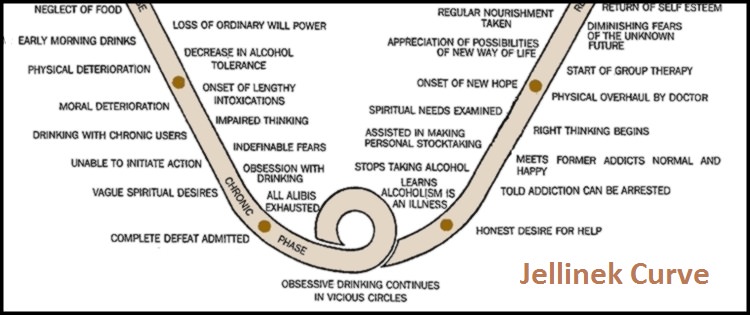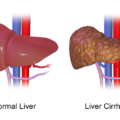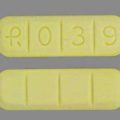
*WHO Expert Committee on Mental Health. Report on the first Session of the Alcoholism Subcommittee. Geneva World Health Organization, 1951 (WHO Technical Report Series, No. 42); Annex 2, Jellinek estimatior formula.
Jellinek’s Typology
Jellinek’s classification of alcoholism, as outlined in The disease concept of alcoholism (1960).
- alpha alcoholism –characterized
-
- by psychological dependence, with no progression to physiological dependence; also called problem drinking, escape drinking.
- beta alcoholism—
-
- characterized by physical complications involving one or more organ systems,with a general undermining of health and shortened life span.
- gamma
-
- Anglo-Saxon” alcoholism.
-
- alcoholism—characterized by increasing tolerance, loss of control, and precipitation of a withdrawal syndrome on cessation of alcohol intake; also called
”
-
- delta alcoholism-characterized
-
- by increasing tolerance, withdrawal symptoms, and inability to abstain, but not loss of control of the amount of intake on any occasion.
- epsilon alcoholism–
- paroxysmal or periodic drinking, binge drinking; sometimes referred to as dipsomania.





